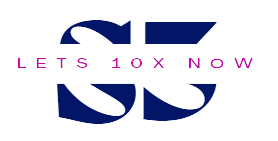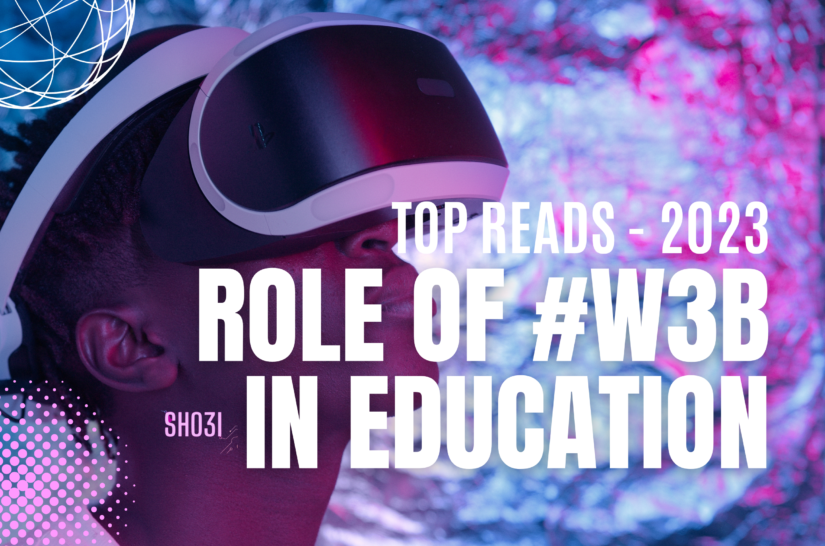Does education needs to be tokenized?
Web3 technology has the potential to revolutionize the way education is delivered and consumed. EdTech, short for Education Technology, is an industry that has seen tremendous growth in recent years due to the increased adoption of online learning. As the world shifts towards a more decentralized and democratized future, the integration of Web3 into EdTech platforms is inevitable.
So, what exactly is Web3, and how can it transform the world of education?
Web3, also known as the decentralized web, is a term used to describe the next generation of the internet. Unlike the current Web2.0, which is centralized and controlled by a few large corporations, Web3 is built on blockchain technology and is completely decentralized. This means that there is no central authority controlling the network, and all data is stored on a distributed ledger.
One of the key benefits of Web3 in EdTech is the ability to create a more secure and transparent learning environment. With Web3, all student data is stored on a decentralized network, making it almost impossible for anyone to tamper with or manipulate the data. This ensures that the learning process is fair and transparent, and students can be confident that their data is secure.
Another advantage of Web3 in EdTech is the ability to create decentralized applications (dApps) that can be used for learning. These dApps can be built on blockchain technology and can provide a wide range of features and benefits that are not available with traditional EdTech platforms.
One of the most promising use cases for Web3 in EdTech is the creation of decentralized credentialing systems. With traditional education systems, students receive a certificate or diploma from their school, which is then recognized by other institutions and employers. However, these credentials can be easily forged, and there is no way to verify their authenticity.
With Web3, credentials can be stored on a decentralized network, making them tamper-proof and easily verifiable. This means that students can have complete control over their credentials, and employers and institutions can easily verify their authenticity.
Web3 can also be used to create new models of education, such as micro-credentialing and lifelong learning. Micro-credentialing is the process of earning small, specific credentials that are recognized by employers and can be used to demonstrate a particular skill or competency. With Web3, these micro-credentials can be stored on a decentralized network, making them easily accessible and verifiable.
Lifelong learning is another model that can be facilitated by Web3. With the decentralized nature of Web3, individuals can access educational resources and courses from anywhere in the world. This means that they can continue to learn and acquire new skills throughout their lifetime, without being limited by their geographic location or financial resources.
Web3 can also facilitate the creation of new business models for EdTech platforms. With the ability to create decentralized applications, EdTech platforms can leverage blockchain technology to create new revenue streams, such as tokenized learning experiences and decentralized marketplaces for educational content.
In conclusion
Web3 has the potential to transform the world of education by creating a more secure, transparent, and decentralized learning environment. With the ability to create decentralized applications and credentialing systems, as well as new models of education and business models, the integration of Web3 into EdTech platforms is poised to revolutionize the way we learn and acquire new skills.

